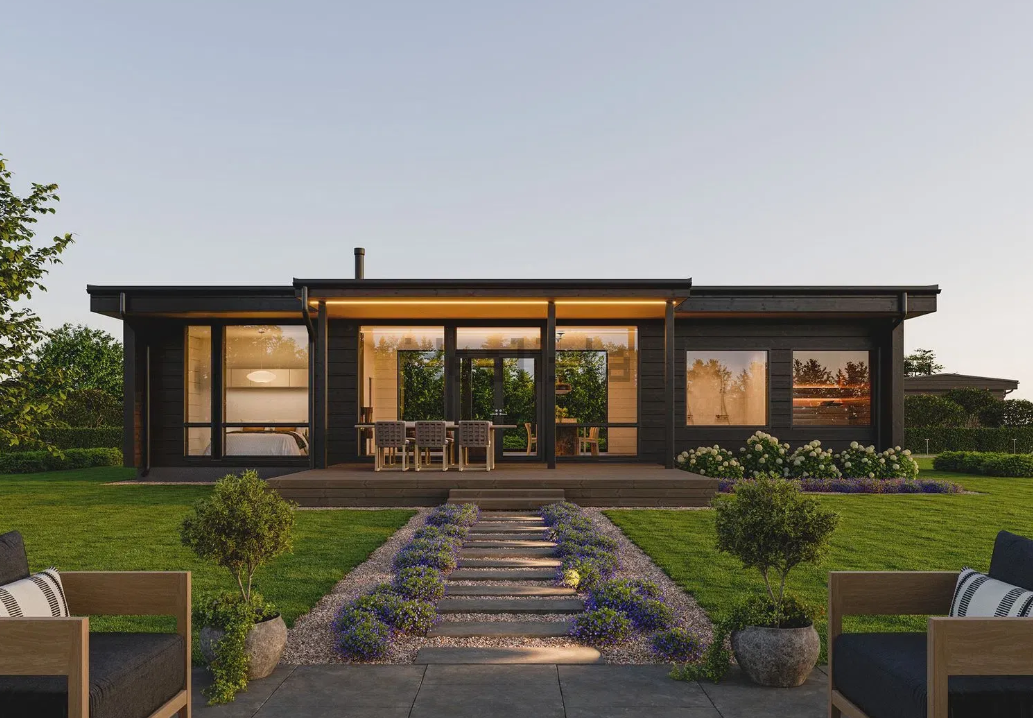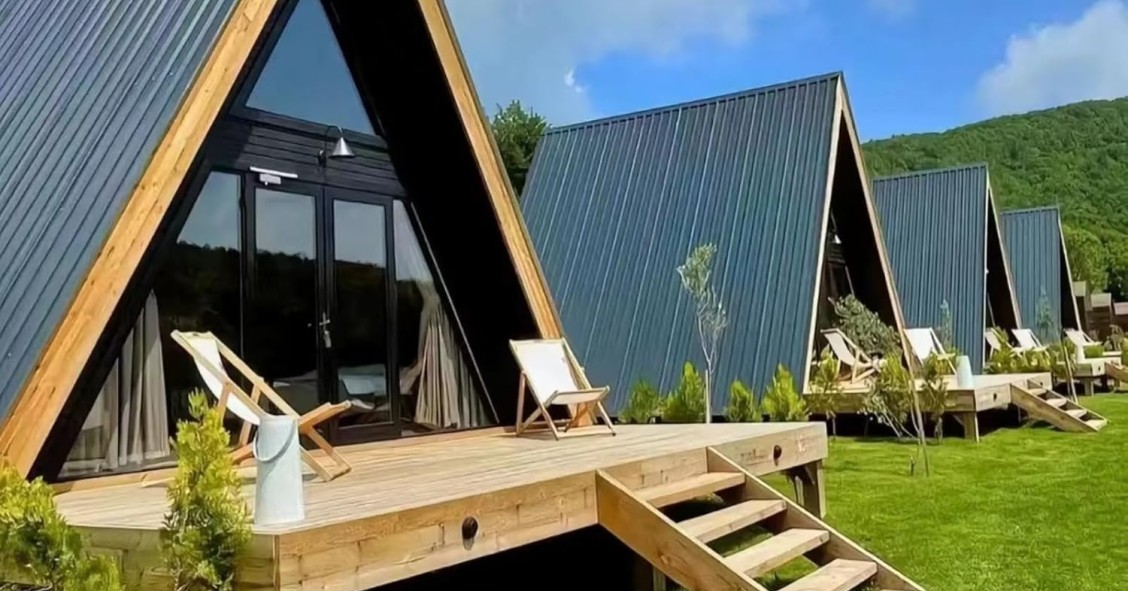
More and more people are considering a prefabricated house as their next home in Spain. These properties are typically built faster than traditional homes and often come with fixed prices and no hidden costs.
However, to ensure your project doesn’t turn into a headache, it’s important to consider a few key points before making a purchase. In this article, we’ll guide you through what to look out for when buying a prefabricated home.
Choose a reliable company
One of the most important aspects of buying a prefabricated home is choosing the right company. Not all providers offer the same build quality or level of support throughout the process. Some only construct the home, while others manage everything from site selection to handing over the keys.
To help clear up any doubts, ask for information and photographs of completed projects from companies you're interested in. This will give you an idea of how they work and the quality of the finished product.
That said, some newer companies may still be well worth considering. In such cases, ask about their background and experience in the sector.
Financing
In the early stages of buying a prefab home, you’ll find that financing works differently from a traditional mortgage. If you don’t have the full capital to complete the project, you’ll need to apply for a self-build mortgage. To be eligible, you typically need to already own the land – without it, the loan is unlikely to be approved.
Lenders usually finance between 70% and 80% of the lower value between the construction budget and the estimated value of the home once completed.
Materials used
One of the key factors affecting the durability and comfort of your prefabricated home is the quality of the materials used. While some companies may use cheaper materials to lower the overall cost, it’s important to understand exactly what is included in the build.
It’s not enough to know whether the structure is made of wood or concrete – you should also find out the specific type, its quality certifications and performance standards.
Ensure the company provides clear details about the structure (steel, wood, concrete, etc.), thermal and acoustic insulation, interior and exterior finishes, and window and door frames. High-quality insulation is especially important, as it can be the difference between a home that’s comfortable year-round and one that becomes unbearably hot in summer or freezing in winter.
Check the terrain
Before purchasing a prefabricated home, it’s essential to check whether the land you own – or intend to buy – is suitable for construction and compatible with modular homes. Not all plots allow this type of building. In general, modular homes (like any permanent structure) can only be installed on designated urban land.
You should also assess the technical aspects of the site, such as access for construction machinery, the need for special foundations and the availability of essential services like water, electricity and sewage. Some companies assist with these procedures, but it’s best to confirm this at the outset.
If you don’t yet have a plot for your prefabricated home, we recommend reading our article: Costs and taxes of buying land.
Reviews
Consulting the opinions of other buyers is a valuable step in making the right decision. Reviews can offer insight into a company’s customer service, adherence to deadlines, after-sales support and build quality. Don’t rely solely on testimonials published on the company’s website; look for feedback on specialist forums, Google Business profiles or independent review sites.
If possible, get in touch with former clients directly. Ask about their overall experience, whether any issues arose after installation and if they would choose the same company again. This kind of direct feedback is often more revealing than any brochure or sales pitch.
That said, not all reviews are entirely reliable. Even satisfied customers may highlight certain issues they view as major, so it’s important to read reviews with perspective.
Design
One of the key advantages of prefabricated homes is the possibility to customise the design to suit your preferences – though this will depend on the company and the model you choose. Some providers offer standard designs with limited options, while others allow tailored modifications or even fully bespoke layouts.
Before making a decision, think carefully about your needs: How many bedrooms do you require? Would you prefer a single-storey or two-storey home? Do you favour a modern or more traditional style? It’s also worth checking whether the layout allows for future extensions or alterations.
Energy efficiency and sustainability
Sustainability and energy efficiency are increasingly important to homebuyers. If these factors matter to you, it’s worth finding out how eco-friendly and energy-efficient the prefabricated homes offered by your chosen company are. Be sure to ask specifically about the performance of the model you’re interested in.
Some questions you can ask the builder are:
- What type of heating and cooling systems are used, and how energy efficient are they?
- What kind of acoustic and thermal insulation is included?
- Can solar panels, aerothermal systems or other sustainable technologies be integrated?
- What is the estimated average energy consumption of the home?
If you’re seeking highly efficient and sustainable modular homes, some specialised companies even offer passive, zero-energy prefab houses.
Delivery times
One advantage of prefab housing is that it can be built faster than traditional construction. However, it’s wise to check the project timelines carefully to avoid packing up too soon and being left without a home.
Taxes, fees and licences
Although the fixed price is one of the main attractions of prefabricated homes, it’s important to remember that additional costs and fees apply, such as taxes and administrative charges. A common mistake is assuming everything is covered in the initial quote, when in fact, the buyer is responsible for these extra expenses.
For example, you’ll need to pay VAT on self-build projects (usually 10% for primary residences) and the Construction, Installations and Works Tax (ICIO), which typically ranges from 2% to 4% of the project cost, depending on the local council. Additionally, fees for the building permit must be paid – a necessary step even for modular homes.
You should also factor in notary and registration fees if you plan to register the property, as well as the annual IBI (Property Tax) you’ll be required to pay as the owner.

